The Civil Aviation Authority of Bangladesh (CAAB) is slated to take over operations of Hazrat Shahjalal International Airport's third terminal in Dhaka starting Saturday. However, critical infrastructure components for the terminal are still absent.
Key elements like the distributed antenna system (DAS) and an integrated security system, contracted to Mitsubishi Corporation, are yet to be completed.
The DAS, crucial for extending mobile network coverage within solid structures, was not included in the initial project plan, leading to its discovery before the terminal's soft opening last October.
Moreover, the absence of an integrated security system raises security concerns, particularly in light of past incidents like underage individuals boarding aircraft without proper screening.
Ministry of Civil Aviation and Tourism officials, along with CAAB representatives, have questioned how such vital aspects were overlooked during project planning.
To address the DAS issue, CAAB has modified the terminal's interior design, incurring additional costs. Asiatic 360 has been tasked with providing partial mobile network coverage temporarily.
CAAB has also approached the Association of Mobile Telecom Operators of Bangladesh (AMTOB) for assistance with the DAS system installation. However, concerns have been raised about the absence of proper tendering processes and agreements, potentially compromising infrastructure quality and security.
Efforts to obtain comments from the CAAB chairman were unsuccessful, but discussions between CAAB and Mitsubishi Corporation regarding the oversight have reportedly taken place.
A representative from the contracted firm emphasized their specialization in construction rather than antenna systems, highlighting potential limitations in addressing the DAS issue.
Experts stress the importance of the DAS system in ensuring airport security and operational efficiency. Aviation expert Wabidullah Mahmud highlighted the need to rectify such technical flaws promptly to prevent further financial and operational repercussions.




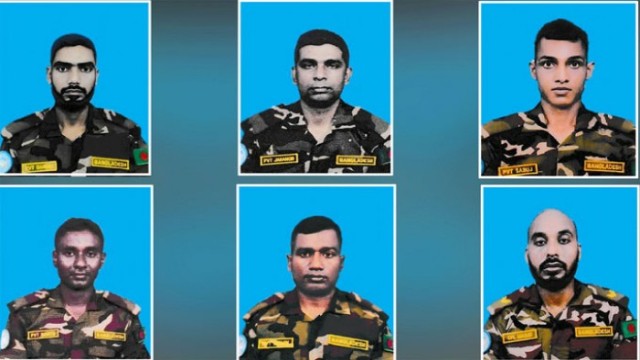





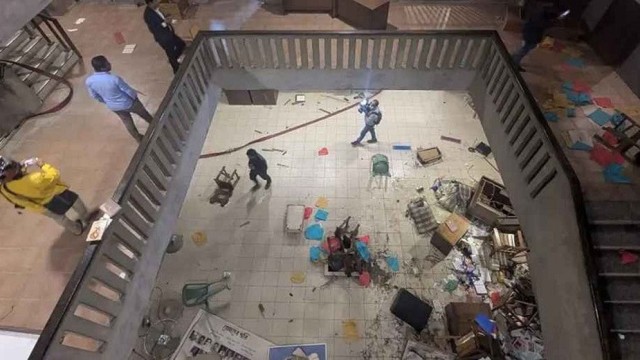

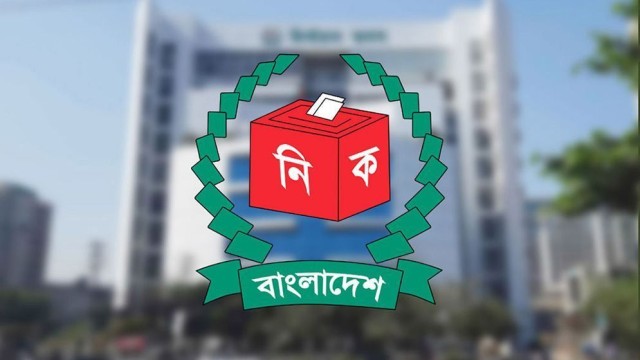

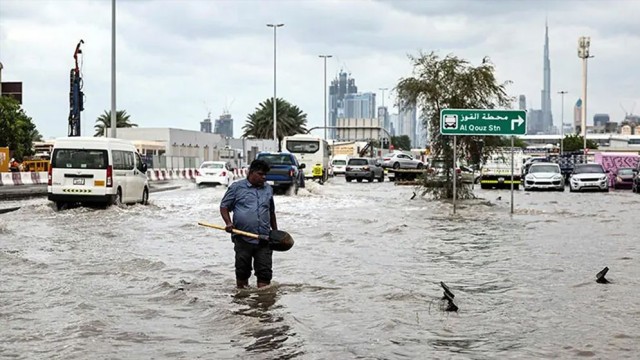
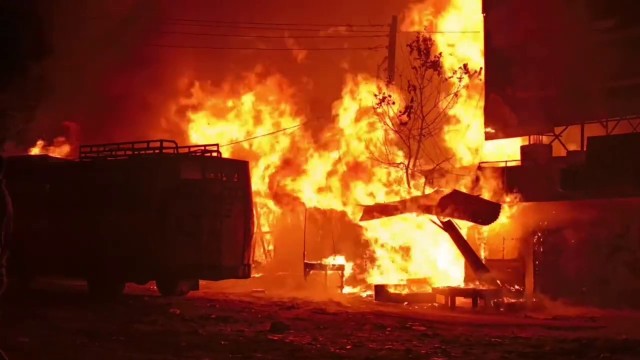






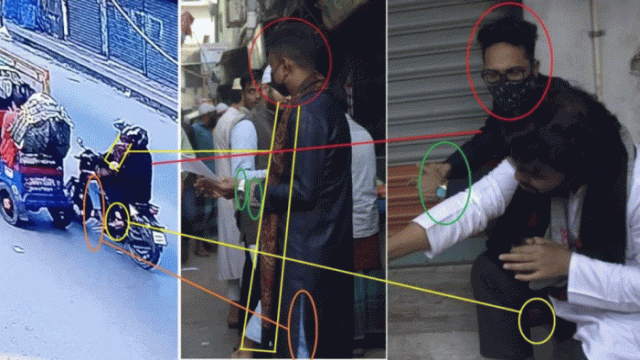





Comment: